“Poltergeist” is a classic horror film that left a haunting legacy. The film’s eerie atmosphere continues to captivate audiences today. However, the use of Real Skeletons in the production adds a chilling reality. This decision shocked viewers and raised ethical concerns.
The filmmakers wanted to enhance the authenticity of the horror scenes. Real Skeletons were chosen for their realistic appearance. This choice created a lasting impact on the horror genre. Many still discuss the controversial decision today.
The film’s influence on horror movies is undeniable. “Poltergeist” pushed the boundaries of visual realism. The film’s legacy is both terrifying and thought-provoking. Audiences continue to revisit this chilling classic.
The use of Real Skeletons remains a focal point. The film still sparks debate and curiosity.
The Revelation Behind The Real Skeletons
The revelation of Real Skeletons in “Poltergeist” shocked the world. This unsettling choice was made for a chilling effect. The filmmakers aimed for realism in the horror scenes. Real Skeletons were more affordable than artificial ones.
This decision caused an uproar in the film industry. The ethical implications became a heated topic of discussion. Many questioned the use of human remains in movies. The controversy added to the film’s eerie reputation.
Audiences were unaware of the grim reality during production. This fact later became a haunting detail in the film’s history. The use of Real Skeletons blurred the line between fiction and reality. This choice has left a lasting mark on horror cinema. The film remains a chilling classic today.
Unveiling the Macabre Truth
Unveiling the macabre truth behind “Poltergeist” shocked many fans. The filmmakers used Real Skeletons to create terrifying scenes. This grim choice was made to enhance the realism. The use of Real Skeletons was not widely known initially.
Audiences later learned the unsettling truth about these props. The revelation sparked controversy and intense ethical debates. People questioned the morality of using human remains. This choice raised concerns about respecting the dead.
The film’s legacy became darker with this revelation. The Real Skeletons added an eerie authenticity to the horror. This fact still haunts the minds of many viewers. The decision blurred the boundaries between reality and fiction.
The truth behind these scenes remains disturbing to this day. The impact on horror cinema is still felt today.
| Aspect | Details |
|---|---|
| Macabre Truth | Filmmakers used real human skeletons for added realism. |
| Purpose | Enhance authenticity and create a more terrifying atmosphere. |
| Public Reaction | Shock and outrage after the truth was revealed. |
| Ethical Concerns | Raised questions about the morality of using human remains in film. |
| Impact on Film | Darkened the legacy of “Poltergeist” and added to its eerie reputation. |
| Effect on Viewers | Many viewers found the revelation disturbing and unsettling. |
| Legacy in Horror Cinema | The use of real skeletons became a significant point of discussion in horror film history. |
This table helps in summarizing the key points discussed in the section “Unveiling the Macabre Truth.”
The Pool Scene: A Haunting Reminder
The pool scene in “Poltergeist” is a haunting reminder of the film’s dark secrets. During this intense moment, Real Skeletons were used underwater. The filmmakers aimed to create a more terrifying experience. Viewers were unaware of the grim reality behind the scene.
JoBeth Williams’ character faced terrifying apparitions in the pool. The Real Skeletons added an unsettling authenticity to the horror. This choice blurred the line between reality and fiction. The scene became one of the most memorable in the film.
The eerie atmosphere left a lasting impression on audiences. Many were shocked to learn the truth years later. This revelation added to the film’s controversial legacy. The pool scene remains a chilling highlight of horror cinema. The use of Real Skeletons intensified the film’s impact.
Ethical Considerations and Industry Standards
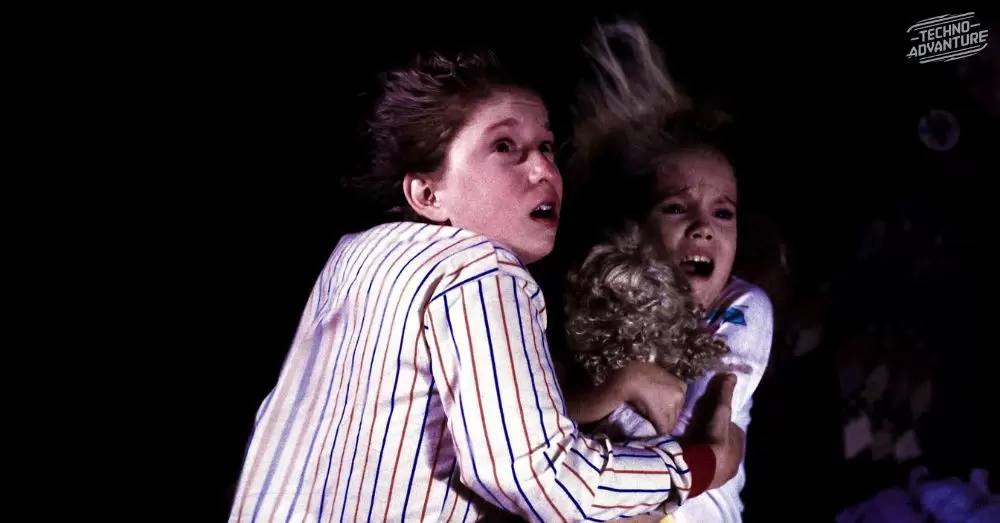
The use of Real Skeletons in “Poltergeist” raised serious ethical considerations. The filmmakers’ decision sparked intense debate within the industry. The choice to use Real Skeletons questioned the boundaries of art. Many argued that it disrespected the dignity of the deceased.
This practice highlighted the need for clearer industry standards. New guidelines were introduced to prevent similar actions in the future. The controversy pushed for more responsible filmmaking.
Key points include:
- Real Skeletons in “Poltergeist” raised serious ethical considerations.
- The choice questioned the boundaries of art and respect.
- This practice highlighted the need for clearer industry standards.
- The controversy pushed for more responsible filmmaking.
- The case of “Poltergeist” served as a turning point.
- Industry standards now emphasize respect for human dignity.
The film industry now adheres to stricter ethical guidelines. These standards ensure better protection of human rights.
The Moral Quandary
The use of Real Skeletons in “Poltergeist” presents a significant moral quandary. This choice blurs the line between artistic expression and ethical responsibility. Many argue that using Real Skeletons disrespects the dignity of the deceased.
The decision raised questions about the limits of creative freedom. Is it acceptable to use human remains for entertainment? The controversy highlights the need for stricter ethical guidelines. Filmmakers must balance artistic goals with respect for human dignity.
The moral implications extend beyond the film industry. The choice in “Poltergeist” challenges our understanding of acceptable practices. This case remains an exemplary example in filmmaking.
The use of Real Skeletons underscores the importance of ethical considerations. Filmmakers are now more aware of their moral responsibilities. The debate continues to influence industry standards today.
Recommended Post: The Complete Guide to Picnob: Your Essential Instagram Viewer and Downloader
Impact on Special Effects and Authenticity
Using Real Skeletons in “Poltergeist” had a significant impact on special effects and authenticity. Filmmakers sought to achieve a more realistic horror experience. The choice of Real Skeletons added a chilling authenticity to the scenes.
This decision pushed the boundaries of visual realism. The film’s special effects were groundbreaking for its time. However, it also sparked significant ethical debate. The use of Real Skeletons highlighted how far filmmakers went for realism.
Today, CGI and animatronics have replaced such methods. Modern technology provides high-quality effects without ethical concerns. The influence of using Real Skeletons continues in special effects.
Filmmakers now aim to balance authenticity with responsibility. This evolution reflects a broader commitment to ethical filmmaking practices.
Pushing the Boundaries of Realism
“Pushing the boundaries of realism” in “Poltergeist” involved using Real Skeletons to enhance visual impact. Filmmakers aimed to achieve a level of authenticity rarely seen. The use of Real Skeletons added a macabre realism to the scenes.
This choice went beyond traditional special effects. It illustrated the lengths filmmakers would go for realism. The decision to use Real Skeletons pushed cinematic limits. The practice raised important ethical questions about authenticity.
Today, filmmakers use advanced technology for realistic effects. CGI and animatronics offer high-quality realism without ethical issues. This evolution reflects a shift towards responsible filmmaking.
The impact of using Real Skeletons remains a cautionary tale. Filmmakers strive to balance visual impact with ethical responsibility.
| Aspect | Details |
|---|---|
| Use of Real Skeletons | Added macabre realism to scenes in “Poltergeist.” |
| Authenticity | Enhanced visual impact and authenticity in the film. |
| Cinematic Limits | Pushed the boundaries of realism in filmmaking. |
| Ethical Questions | Raised concerns about the treatment of human remains. |
| Modern Technology | CGI and animatronics now replace real skeletons for high-quality realism. |
| Filmmaking Evolution | Reflects a shift towards responsible and ethical filmmaking practices. |
| Visual Impact vs. Ethical Responsibility | Current focus is on balancing realism with respect for ethical standards. |
This table captures the main points about how “Poltergeist” pushed the boundaries of realism and the implications of using real skeletons.
Evolution of Ethical Standards in Filmmaking
The evolution of ethical standards in filmmaking has been significant. The use of Real Skeletons in “Poltergeist” highlighted the need for change. This practice raised serious ethical concerns about human remains in films.
Filmmakers now follow strict guidelines to avoid similar issues. The industry has moved away from using Real Skeletons. Modern standards emphasize respect for human dignity and rights.
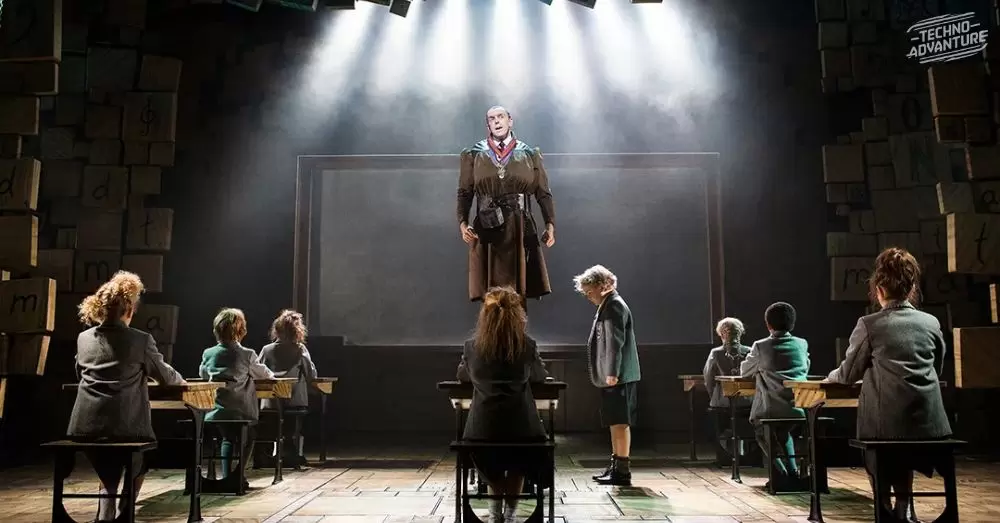
Technological advancements like CGI and animatronics allow realistic effects without ethical issues. The shift reflects a broader commitment to responsible filmmaking. Ethical practices now govern the treatment of sensitive materials.
The focus is on achieving realism while respecting all individuals. This evolution underscores the importance of balancing artistic goals with ethical responsibilities. Filmmakers are now more aware of their impact on audiences and subjects.
Recommended Post: ark: Survival Evolved (2017) game icons banners
Modern Filmmaking and Ethical Practices
Modern filmmaking emphasizes ethical practices and responsibility. The use of Real Skeletons in past films highlighted the need for change. Today, filmmakers avoid using real human remains. Ethical guidelines now govern the treatment of all sensitive materials.
The focus has shifted to using technology like CGI. This approach ensures realistic effects without ethical concerns. Modern standards prioritize respect for human dignity and rights. Filmmakers are held accountable for their creative choices.
The industry’s commitment to ethical filmmaking reflects a broader cultural shift. Ensuring that no human remains are used in productions is now a standard. The use of Real Skeletons serves as a reminder of the need for ethical practices in all filmmaking.
| Aspect | Details |
|---|---|
| Use of Real Skeletons | Highlighted the need for changes in ethical practices. |
| Current Standards | Filmmakers avoid using real human remains. |
| Ethical Guidelines | Govern the treatment of sensitive materials in films. |
| Modern Technology | CGI and animatronics provide realistic effects without ethical issues. |
| Respect for Dignity | Priority in modern filmmaking to ensure human rights and dignity. |
| Filmmaker Accountability | Filmmakers are held responsible for ethical choices in their work. |
| Cultural Shift | Reflects a broader commitment to ethical filmmaking practices. |
| Reminder of Ethical Practices | Use of Real Skeletons serves as a reminder to maintain ethical standards in filmmaking. |
This table captures the essential aspects of modern filmmaking practices and how they have evolved to address ethical concerns.
Balancing Realism and Responsibility
Balancing realism and responsibility is crucial in filmmaking. The use of Real Skeletons in earlier films like “Poltergeist” highlighted this challenge. Modern filmmakers strive to achieve realism without compromising ethical standards.
Technology such as CGI now replaces the need for Real Skeletons. This shift ensures that visual authenticity does not come at the expense of human dignity. Ethical practices are now a priority, ensuring respect for all individuals involved.
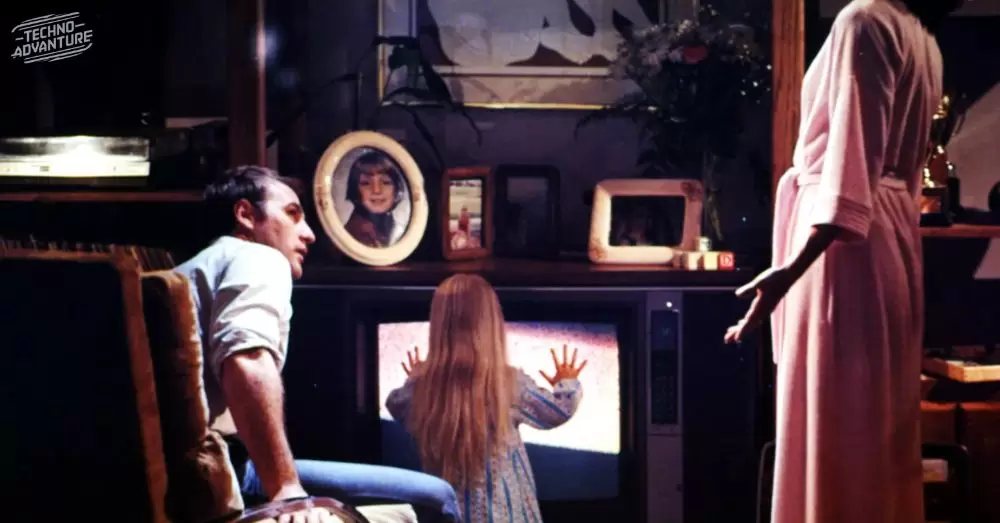
Filmmakers must balance the pursuit of artistic goals with moral considerations. The evolution in industry standards reflects a broader commitment to responsible filmmaking.
Today, achieving realism does not require the use of real human remains. The focus is on maintaining a balance between effective storytelling and ethical responsibility.
Recommended Post: Ttwinnet: Smart Automation for Managing Your Household
The Rise of CGI in Ethical Storytelling
The rise of CGI has greatly influenced ethical storytelling. This technology eliminates the need for Real Skeletons in filmmaking. CGI allows for realistic effects without using real human remains. Filmmakers now achieve lifelike visuals without compromising ethics.
The transition from Real Skeletons to CGI marks a shift in industry standards. Ethical storytelling is enhanced as CGI provides creative freedom while respecting dignity. Modern technology ensures that films can be both impactful and respectful.
The focus has moved to creating compelling visuals without real skeletons. This change underscores a commitment to responsible filmmaking practices.
The rise of CGI demonstrates how technology can support ethical standards in the film industry. It reflects a significant evolution in how stories are told on screen.
| Aspect | Details |
|---|---|
| Technology | The rise of CGI has transformed filmmaking. |
| Eliminating Real Skeletons | CGI replaces the need for Real Skeletons in films. |
| Ethical Impact | CGI enables realistic effects without compromising human dignity. |
| Modern Standards | Filmmakers now adhere to ethical storytelling by using CGI. |
| Visual Realism | CGI allows for lifelike visuals without using real human remains. |
| Creative Freedom | Technology provides more options for creating impactful stories ethically. |
| Industry Shift | The transition from Real Skeletons to CGI represents a shift in industry practices. |
| Commitment to Ethics | The use of CGI reflects a broader commitment to responsible filmmaking. |
| Significance | CGI highlights the evolution of ethical standards in filmmaking. |
Conclusion: A Cultural Shift in Filmmaking Ethics
A cultural shift in filmmaking ethics has occurred over time. The use of Real Skeletons in films like “Poltergeist” is now outdated. Modern filmmakers prioritize ethical standards, reflecting a broader commitment to respect.
CGI technology now replaces Real Skeletons, ensuring that ethical storytelling prevails. This shift underscores the industry’s dedication to balancing visual impact with moral responsibility. The evolution highlights how ethical practices have become integral to filmmaking.
frequently asked question
Why were real skeletons used in “Poltergeist”?
The filmmakers used real skeletons for cost and realism.
How has CGI impacted the use of real skeletons in films?
CGI has replaced real skeletons, allowing for ethical and realistic effects.
What are the ethical concerns regarding the use of real skeletons?
Using real skeletons raises issues of respect and dignity for the deceased.
How have filmmaking standards changed since “Poltergeist”?
Filmmaking now follows stricter ethical guidelines, avoiding the use of real human remains.
What role does CGI play in modern filmmaking?
CGI provides realistic effects without ethical concerns, enhancing storytelling.

Hello, I’m Sarah, a seasoned writer with over six years of experience crafting engaging blogs and articles. My expertise spans diverse niches, including technology, gaming, cryptocurrency, finance, business, and fashion. With a passion for storytelling and a knack for delivering insightful content, I strive to inform and inspire my readers across these dynamic fields.
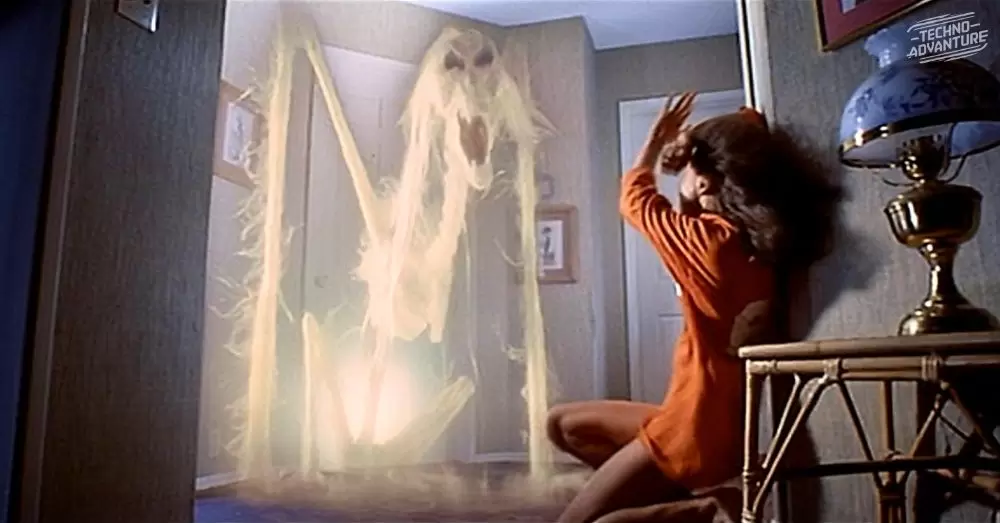

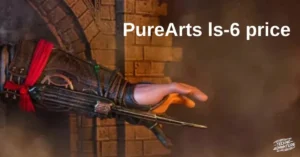









1 thought on “The 1982 Movie Poltergeist Used Real Skeletons As Props – Tymoff”